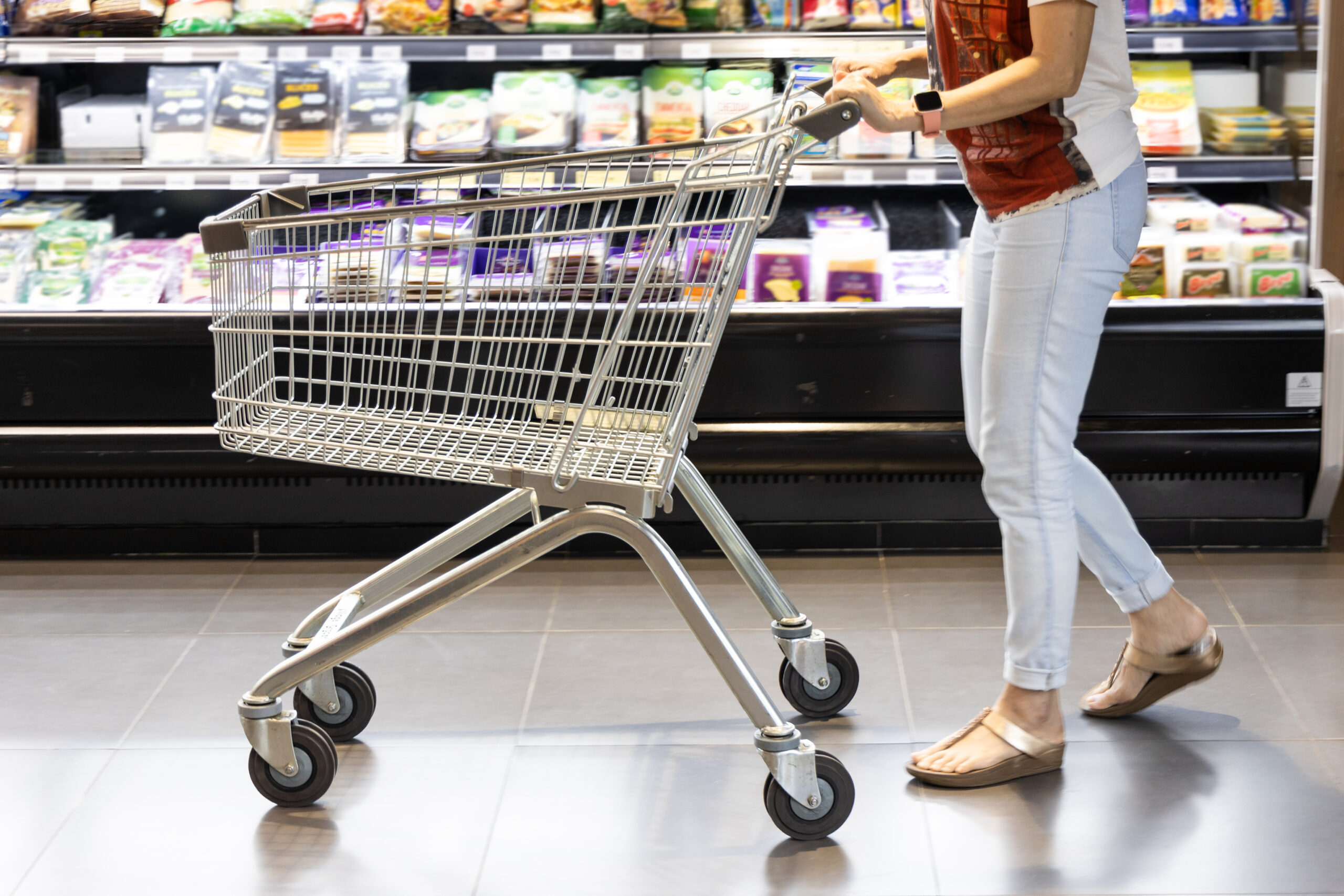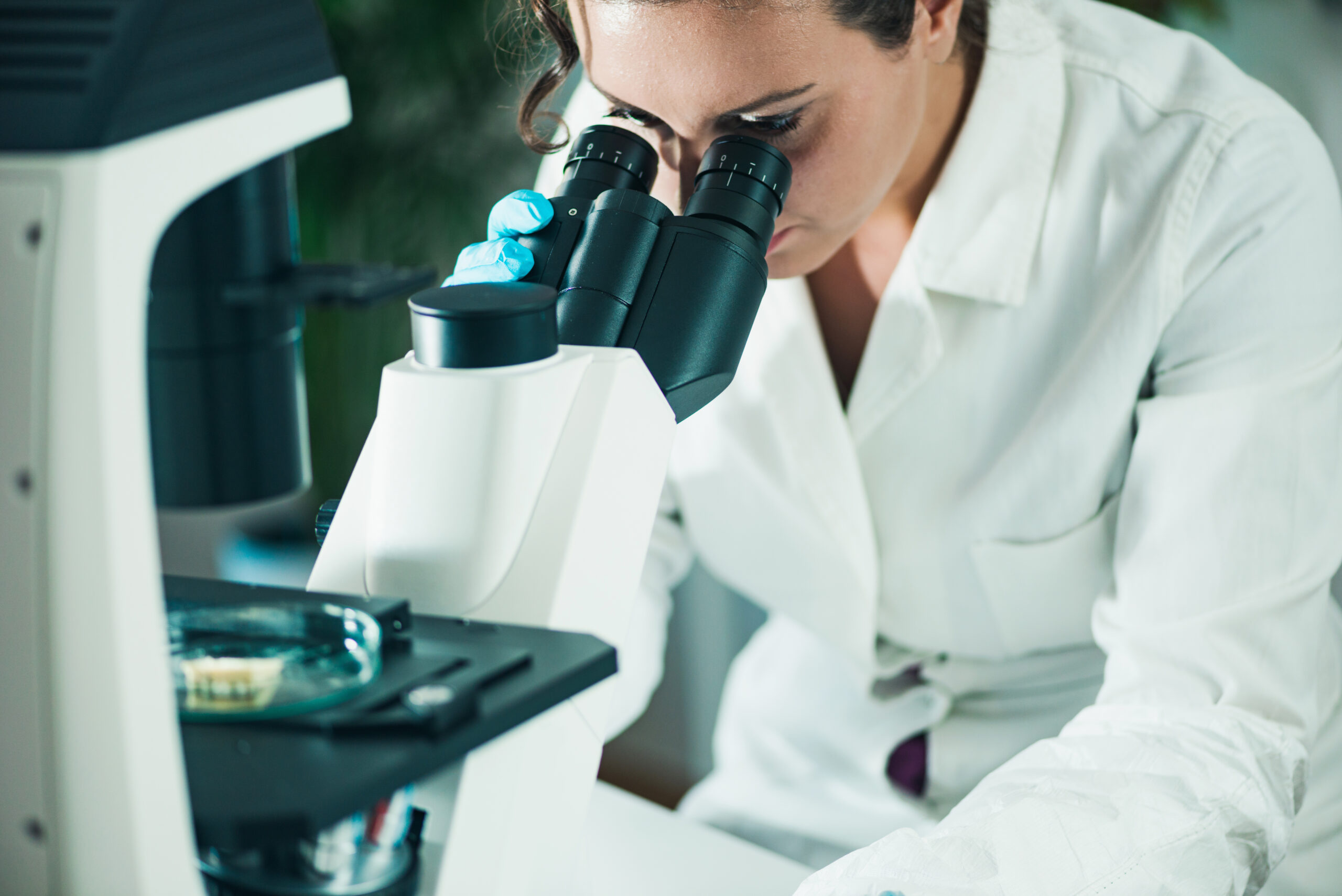Despite enhanced safety measures brought on by the COVID-19 pandemic, consumers are still skeptical about the safety, source and quality of the foods they buy, according to a new survey. And although global food supply chains have allowed for efficient international distribution, the food and beverage industry’s biggest concern is food safety, especially amid the global pandemic.
Growing incidences of product adulteration, food fraud and foodborne illness outbreaks have created a need to re-evaluate supply chains. Food fraud is a $40 billion a year problem and ends up costing companies much more to repair the damage done to their reputations in the long run. Wood shavings, for example, were discovered in parmesan cheese in 2016 and a few years earlier in 2013, horse meat was found in Ikea’s famous meatballs. When it comes to foodborne illness, E. coli and Salmonella outbreaks occur year-round.
Recalls and subsequent losses in sales can be financially detrimental to food companies. To help increase the safety of supply chains and reduce recalls and fines, supply chain information must be more trustworthy. This is where technologies like blockchain and Internet of Things (IoT) come in. Implementing these, however, will be no easy feat.
Blockchain technology allows food products to be instantaneously traced from the beginning to the end of its lifecycle, including every point of contact on its route to consumers. With the scan of a QR code, blockchain enhances the transparency, efficiency and credibility of any given food product. It has already been implemented by food giants like Nestlé and is a growing tool used by startups.
In the food and beverage industry, blockchain wouldn’t be possible without IoT. Simply, IoT is the notion that humans should let computers proficiently and precisely control physical systems — food supply chains, in this case — in ways that humans could not. IoT uses a combination of mechanical and digital devices, including sensors and IP addresses, to transfer data over a network without the need for human intervention.
The potent combination of these two technologies could help ensure safer food supply chains in several ways. Inherent risks can be minimized by:
- Allowing information to be shared with various stakeholders across global supply chains
- Ensuring human rights and codes of conduct are upheld along the supply chain
- Implementing fraud detection processes through the use of appropriate technologies
While these technologies would be used primarily to combat fraud and ensure food safety, they have other potential uses. Blockchain and IoT could help minimize food waste by ensuring proper transportation, storage and tracking of product perishability. Implementing these technologies would require investing in handheld computers and tablets, barcode label printers and scanners, and special labels and tags.
The increased globalization of food supply chains is likely to bring with it more obstacles and complications, but also growth opportunities. Food and beverage companies that invest in these technologies will have a competitive advantage by being able to meet consumers’ growing expectations for safe and traceable food.









Join or login to leave a comment
JOIN LOGIN